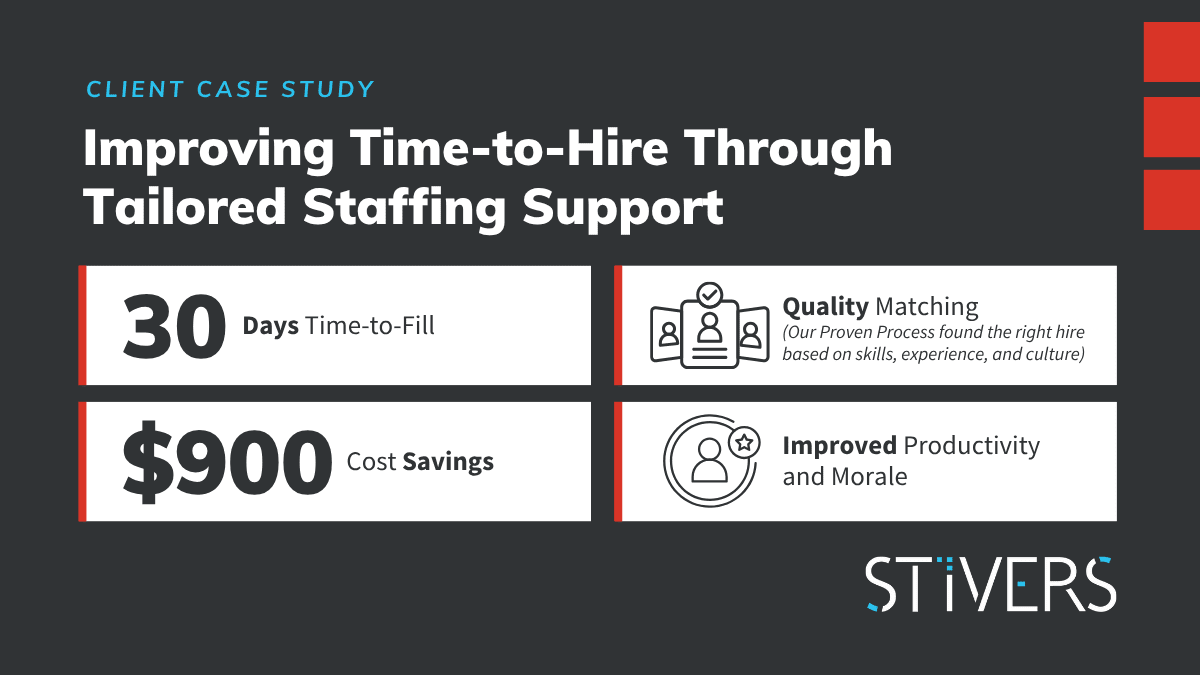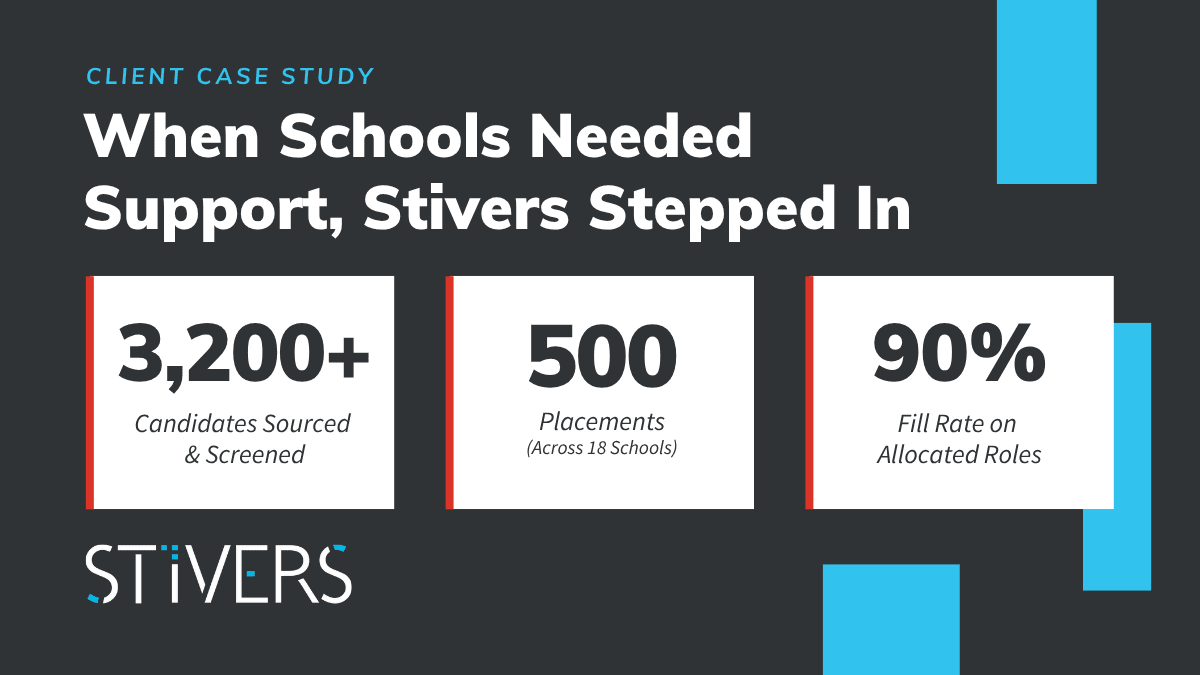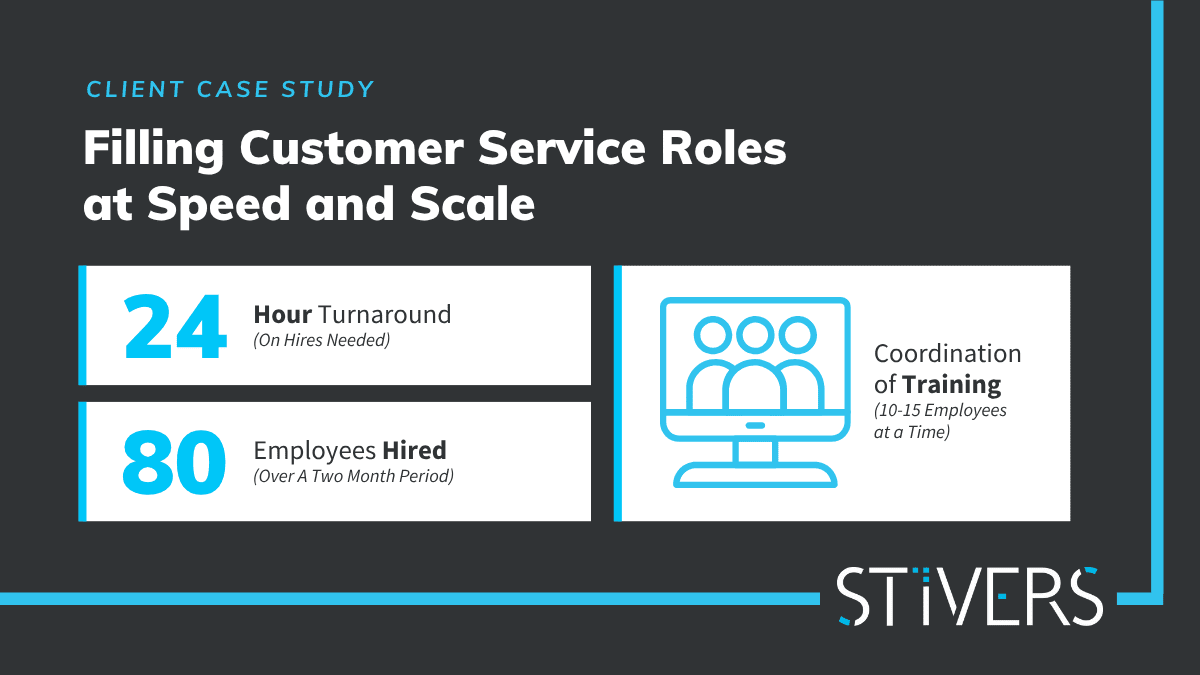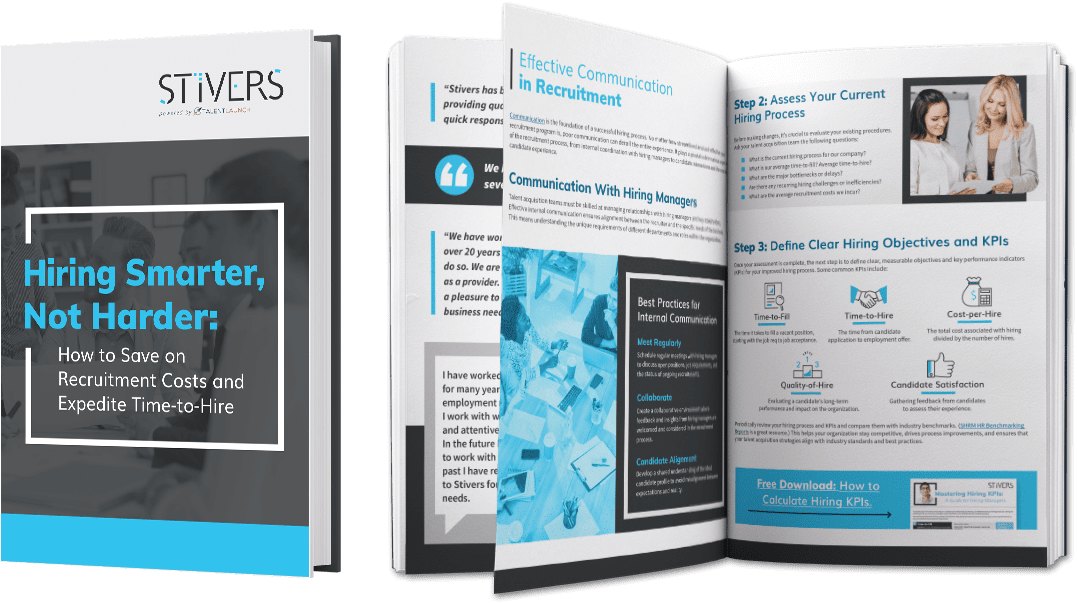In today’s fiercely competitive job market, the hiring challenges that HR managers face daily is daunting and overwhelming.
That’s why we created a guide for hiring managers called Hiring Smarter, Not Harder: How to Save on Recruitment Costs and Expedite Time-to-Hire.
It’s your toolkit to design a better hiring process for your organization. One that eases your burden, reduces recruitment costs, and accelerates time-to-hire.
Our goal is to not only equip hiring managers with actionable strategies, but also the knowledge to make informed decisions about your own hiring process. So you can attract, select, and onboard top talent with confidence.
The first article in our five-part Hiring Smarter, Not Harder blog series discusses current talent acquisition trends and challenges. With an understanding of what’s driving today’s trends, you’ll also learn why a streamlined hiring process is so vital for a successful recruiting program.
Your first step into a world of efficient hiring starts now.

Hiring Stats, Trends, and the Challenges They Present
Hiring managers: If you think finding and securing top talent has never been more difficult, you’re absolutely right. Consider these hiring and recruiting statistics:
- 36% of HR leaders say they don’t have the resources to recruit top talent
- 73% of job candidates say competitive wages are a driver of offer acceptance, yet only 37% of employers plan to offer them to attract talent.
- The best candidates are hired within 10 days
- The average hiring process takes 40+ days
- Each job vacancy costs companies more than $4,000
- It costs an average $1,400 to onboard a new employee
Experienced HR managers know that the hiring and recruitment process typically involves several steps, including defining job requirements, sourcing candidates, screening applicants, conducting interviews, and making job offers.
While each step is critical, it can also be time-consuming and resource-intensive.
Today’s hiring process is also riddled with challenges stemming from these recruiting trends:
Labor Shortages: Today’s workforce has shifted. Many working Americans in professional roles have switched (or are looking to switch) to employers who offer a better work-life balance, or even left their industries altogether in favor of finding more meaningful work. Paired with the retirement boom from the pandemic, labor shortages have become a recurring theme. These shortages lead to significant cost impacts, as it costs more to find new employees with the right skills and experience.
Competition for Talent: Companies were competing fiercely for top talent, leading to bidding wars and salary inflation in some sectors.
Remote Work Expectations: The pandemic accelerated the acceptance of remote work, and job seekers increasingly expect flexibility in work arrangements. Companies have adapted by offering remote or hybrid work options. Yet many who are going back to in-office mandates are being met with pushback.
Digital Transformation: Companies are looking for candidates with digital skills to help navigate the fast pace of digital transformation. This creates a high demand for tech-savvy professionals in multiple industries.
Skill Mismatches: As processes evolve, there is a widening gap between the skills job seekers possess and the skills employers need. Companies are faced with the challenge of upskilling or reskilling their workforce to bridge this gap. According to the World Economic Forum, up to 44% of workers’ core skills are projected to undergo changes in the next five years.
Diversity and Inclusion: 80% of job seekers favor organizations that value diversity and inclusion in their workforce, requiring new or updated strategies for attracting and retaining underrepresented talent. For some companies, it can be difficult to get their leadership teams on board with DEI efforts.
Employee Burnout: High levels of employee burnout and turnover pose a recruitment challenge. Companies must address work-life balance issues and promote employee well-being.
Employee Retention: Once hired, retaining employees becomes a critical challenge, as competition for talent makes it easier for employees to switch jobs if they are dissatisfied with their current role or company.

Why Is It Important To Streamline The Recruiting Process?
You might be thinking: How in the world does any company successfully recruit employees with all of these hiring challenges stacked up against them? The answer is quite simple: they do it by streamlining their hiring processes. The benefits are compelling:
Reduces Time-To-Hire: Efficient staffing and recruitment gets talent working and contributing to your organization’s success faster.
Cost Savings: Reducing time-to-hire and improving efficiency can significantly lower recruitment costs, including advertising, interview expenses, and staff time.
Top Quality Hires: A structured approach helps you identify and hire the most qualified candidates.
Better Candidate Experience: A streamlined recruiting and hiring process shows respect for candidates’ time and can enhance your employer brand and reputation.
Competitive Advantage: In an increasingly competitive job market, a faster hiring process allows you to secure top talent before your competitors.
Use Recruitment Trends To Your Advantage
In navigating the complexities of today’s job market, it’s clear that the path to successful talent acquisition involves more than just filling positions.
It’s about understanding the broader trends and challenges, from labor shortages and the demand for digital skills to the expectations around remote work and the importance of diversity and inclusion.
By embracing a streamlined hiring process, your organization can not only expedite time-to-hire and reduce costs, but also attract and retain the high-quality talent necessary for long-term success.
When you leverage these recruitment trends to your advantage, transitioning into a streamlined hiring process becomes not just a strategic move, but a necessary evolution to meet modern workforce demands — and secure your place as a leader in talent acquisition.
As you continue your journey through the Hiring Smarter, Not Harder series, remember that the foundation of effective recruiting lies in strategic planning, adaptability, and a keen understanding of the current landscape.
Key Takeaways: Talent Acquisition Trends (And Challenges)
- Empowered Decision-Making: Equip yourself with strategies and knowledge to make informed hiring decisions and confidently attract, select, and onboard top talent.
- Labor Market Dynamics: these trends necessitate a strategic approach to talent acquisition that goes beyond traditional methods.
- Streamlined Hiring Process: essential for overcoming recruiting challenges
Next Up: How To Design a Better Hiring Process
To streamline your recruiting, It starts from within your organization. The next article in your Hiring Smarter, Not Harder blog series will provide you with best practices for creating a better hiring process.
You’ll discover how to optimize your talent acquisition team, how to assess your current hiring process, and how to define clear hiring objectives and KPIs.
Can’t wait? Get the complete guide!
